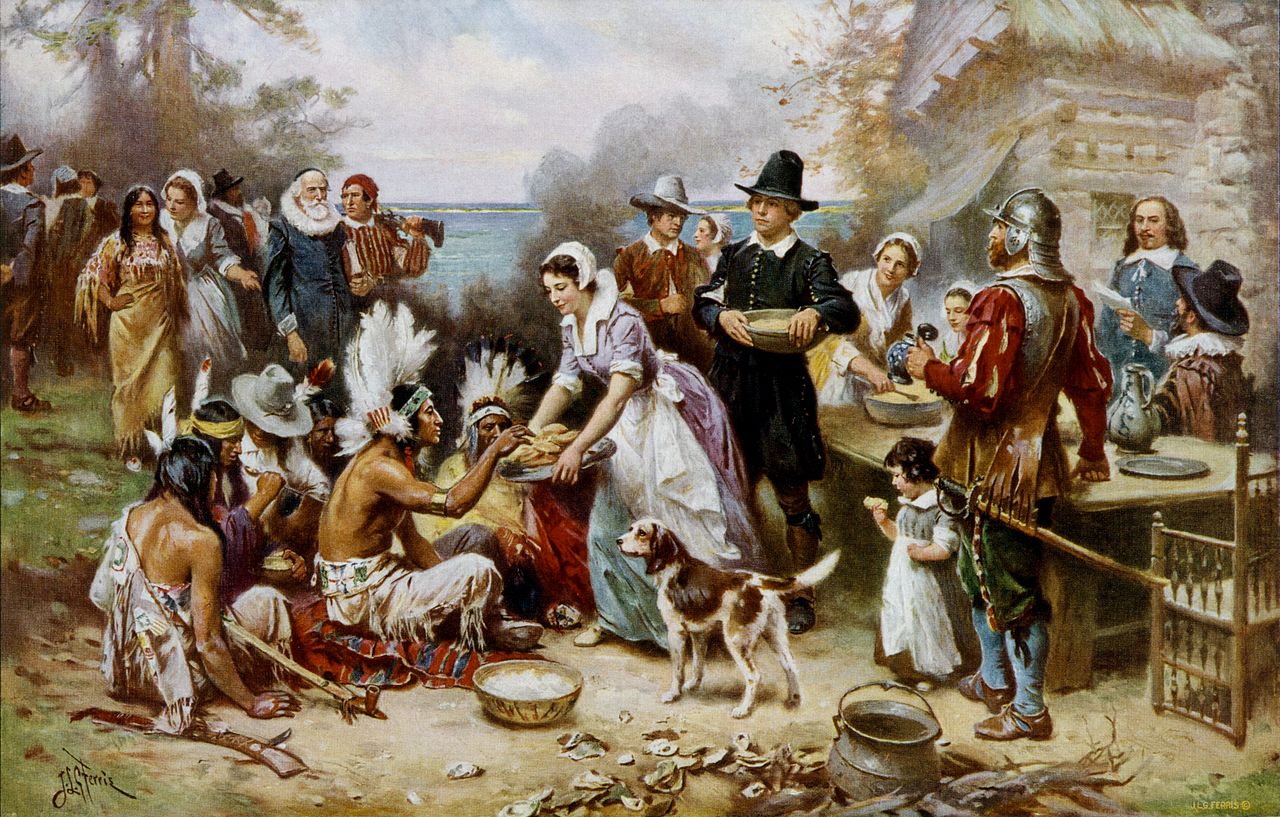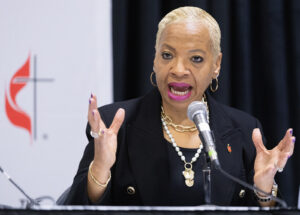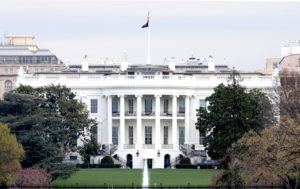
NASHVILLE (BP) — If not for a Baptist church split, the Pilgrims might never have come to America.
Sort of.
John Smyth, who often is credited with being the first Baptist, pastored a church where many of the Christians who later came to be known as Pilgrims were members. But when Smyth began to argue with the future Pilgrims over church government, they formed another church under the leadership of John Robinson. In 1620, a portion of Robinson’s congregation sailed to Plymouth, Mass., aboard the Mayflower.
Following the split, Smyth became convinced that the Bible teaches believer’s baptism and launched the Baptist movement.
“Most people don’t realize how closely the Pilgrims and the first Baptists were related. John Smyth and [Plymouth Colony governor] William Bradford knew each other, and in fact Smyth pastored the church where many of the Pilgrims were members before they left England for Holland and then sailed to America,” Jason Duesing, provost at Midwestern Baptist Theological Seminary, told Baptist Press in written comments. “The world of English Separatism was very intertwined. Those that became Baptists were a formative part of the story that led to the first Thanksgiving.”
Smyth and the Pilgrims both emerged from a movement in England known as Separatism.
In the late 1500s and early 1600s, the Church of England, which was controlled by the British monarch, was Protestant in its doctrine but largely followed Catholic worship practice. A group of Christians known as Puritans objected to Catholic rituals and thought worship should only include elements taught in the Bible. Many Puritans tried to reform the Church of England without leaving its membership, but some radical Puritans separated from the state church altogether and formed what historians call Separatist congregations.
Being a Separatist could be trying. Many were imprisoned and some were even executed for their beliefs.
A forthcoming Baptist history textbook from B&H Academic titled “The Baptist Story” explains, “In an effort to curb the growth of Separatists, a law was passed in April 1593 requiring everyone over the age of 16 to attend the church of their local parish, which comprised all who lived within a certain geographic boundary.”
Failure to obey the law “for an entire month meant imprisonment,” B&H authors Anthony Chute, Nathan Finn and Michael Haykin wrote. “If, three months following an individual’s release from prison, he or she still refused to conform, the person was to be given a choice of exile or death. In other words, the established church and the state were hoping to be rid of the Separatist problem by sending those who were recalcitrant into exile.”
Faced with the choice of exile or death, most Separatists opted for exile, including about 40 who ended up in Amsterdam with their pastor, Francis Johnson.
In 1608 a second Separatist church traveled to Amsterdam pastored by Smyth. At first the two congregations fellowshipped with each other. Their pastors had known each other since Johnson served as one of Smyth’s tutors at the University of Cambridge, according to The Baptist Story.
But conflict emerged when Smyth took issue with the Johnson congregation’s distinction between pastors, teachers and ruling elders among its leadership. Smyth believed Scripture combined the three positions into one office, the pastor/elder, and he said every church should have multiple elders or pastors. This and other differences led to a break of fellowship between the two churches.
The doctrinal conflict also contributed to a split in the church led by Smyth — though historians disagree about whether the church split occurred in England or the Netherlands.
John Robinson led a faction of about 100 members from the Smyth church who eventually relocated to the city of Leiden and became known as Pilgrims, famously moving to America and landing on Plymouth Rock in 1620. Smyth soon came to believe that only followers of Jesus should be baptized and administered baptism to himself and his congregation by pouring. Later Thomas Helwys assumed leadership of the congregation, which some regard as the first English Baptist church, when Smyth sought to join a Mennonite church in the Netherlands.
Years later, when Bradford recounted the Pilgrims’ journey to America as well as their celebration of the first Thanksgiving in 1621, he noted their interaction with the Baptists.
Among the members of an early Separatist church, Bradford wrote in “Of Plymouth Plantation,” was “Mr. John Smyth, a man of able gifts and a good preacher, who afterwards was chosen their pastor. But these afterwards falling into some errors in the Low Countries” — a reference to the congregation’s adoption of Baptist views in the Netherlands — “there (for the most part) buried themselves and their names.”
Despite the Pilgrims’ unfavorable view of Baptists, Duesing said they should be remembered with thankfulness this Thanksgiving.
“This congregation of ‘pilgrims’ had already endured the arduous journey of leaving England due to … persecution from the established church, yet, a section of them desired still to travel further,” Duesing said. “Life in Holland was difficult for English expatriates, and for some a prosperous future both for the church and in terms of economic and social survival, seemed dim. The Mayflower group determined to leave … for New England, then, in part to continue to have the freedom to establish their church separate from the state, but also to do so in an environment that gave more potential for long-term survival. The idea of America seemed worth another arduous and costly journey for these reasons.”
As Bradford wrote, the Pilgrims also hoped to be a part of “propagating and advancing the Gospel of the Kingdom of Christ in those remote parts of the world.”
In another connection to Baptists, many of the Pilgrims’ descendants — the New England Congregationalists — became Baptists during the First Great Awakening of the 1730s and 40s.
All Christians, including Baptists, should study the Pilgrims, Duesing said, because they were “a heroic group who sought a better life for their children and grandchildren centered around a church faithful to the New Testament and positioned for seeking the advance of the Gospel.”















